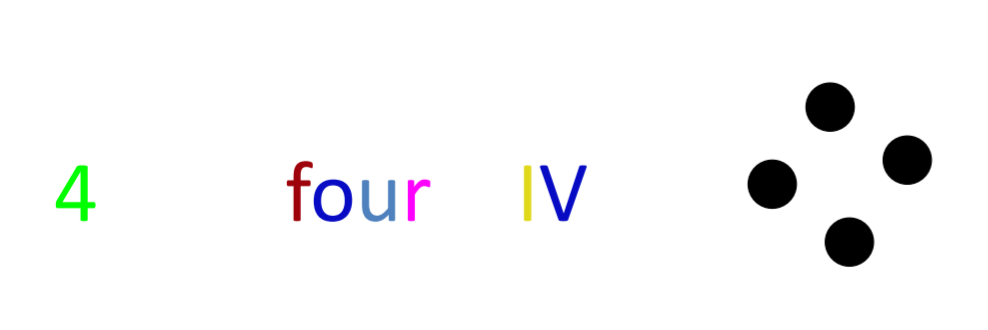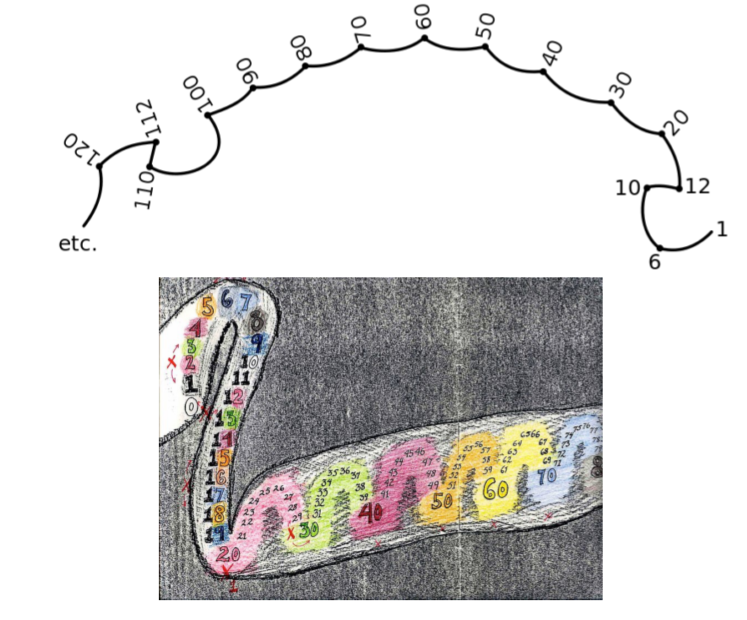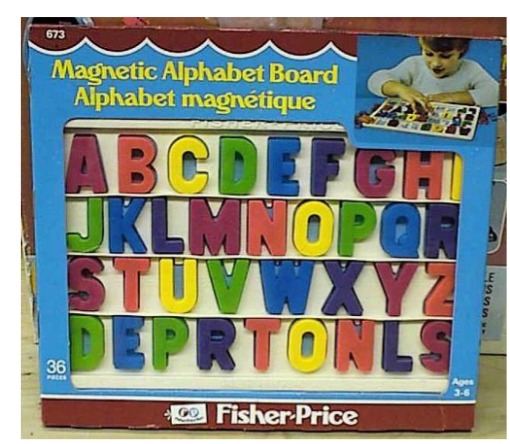Lecture 17: Imagery
1/19
There's no tags or description
Looks like no tags are added yet.
Name | Mastery | Learn | Test | Matching | Spaced |
|---|
No study sessions yet.
20 Terms
Snoopy example
image snoopy
focus on his feet, are his ears round? → tool longer to answer
focus on his head, are his ears floppy?
People’s RT is proportional to the space between the two points (scanning the visual image)
Kosslyn
tested wheter imagery is truly “image-like” or “propositional”
participants studied a map with 7 landmarks
He found that the farther subjects were asked to “scan”, the longer they took to respond.
Mental rotation
showed 2 images and asked if they are the same or different shapes
easier when the angle between the two shapes is smaller

What does visual imagery do for us?
help with memory
Subjects who rated themselves as “good visualizers” scored about 20% better than subjects who rated themselves as “poor visualizers”
Davis Marks (1973)
Showed pictures of items, and asked questions like
What number was written on the golf ball? What was the time on the clock?
Participants were also asked to report the “vividness” of each of the test images
Measuring vivdness of imagery
VVIQ - questionaire that asks you to choose the rating that matches the imagery you see based on a discription
Neural correlates of imagery (Leila Reddy 2010)
Participants were scanned using fMRI while viewing or imagining items
Activity in ventral-temporal areas could be used to predict both viewed and imagined categories
Activity in retinotopic areas could only predict viewed categories
Synesthesia
the perception of a stimulus produces a different impression than its physical representation
ex. seeing a black A letter as red
Inducer
The stimuli (black A)
often letters and numbers
overlearned ordered sequences
Concurrent
The thing they see (red A)
can be perceptual in nature
Variation among inducers
4 = green
four = each letter a different color
IV = each a different color

Synesthesia mappings
letters → colors
numerical sequences → spatial arrangements
musical notes → colors
spoken words → colors
words → tastes
One way round - seeing red won't conjure a specific letter

We all experience some cross modal associations
Misophonia: sound → emotion
Takete or Baluba: people around the world match shapes with the same words
What makes synesthetes special?
Responses are automatic, fixed over time, and highly specific
Measuring synesthesia
Color matching
modified stroop tasks
show a bunch of letters and ask for the pattern the ‘2’ make, easier to syntehes since ‘2’ would be in different colors than the ‘5’
Color matching
Participants adjust a color (e.g. with 3 knobs, or picking from a color wheel) to match each grapheme
Repeat within and across sessions
Test reliability (within and across sessions)
Modified Stroop task
Letter naming condition
Showed letters in consistent colors (the colors that the syntheses see the letter in, ex. A in red), inconsistent colors, and netural colors
Ink naming condition
Same consistent and inconsistent trials, but the neutral showed a random object in color
RT was faster in consistent → neutral → inconsistent compared to control subjects who had no difference in RT

Experiments by Witthoft and Winawer
a synesthete claimed to have learned his associations from a childhood toy
tested lots of synesthetes over time using the color matching task to see if there are common letters that they chose for letters
Some aspects of synesthesia are learned

How synesthesia is created?
There is a genetic component
can’t just train someone to be a synesthete by pairing items lots of times
When does synesthesia develop?
when kids learn to count and say the alphabet
when they learn months and days of the week
when they learn to read music